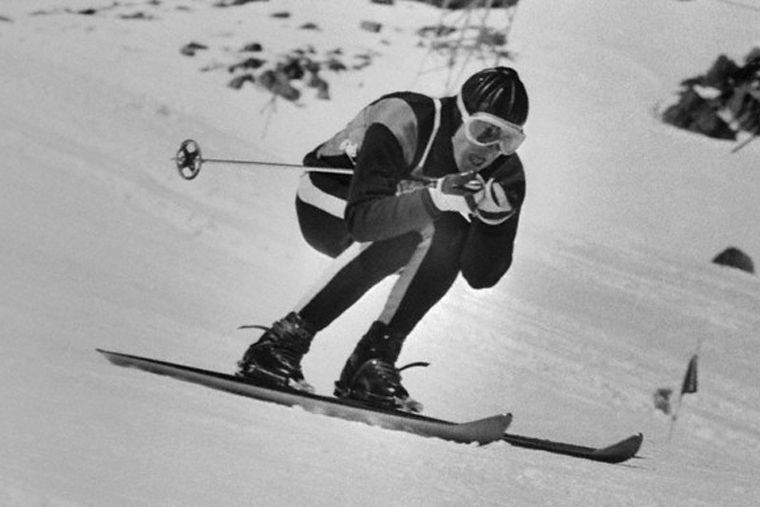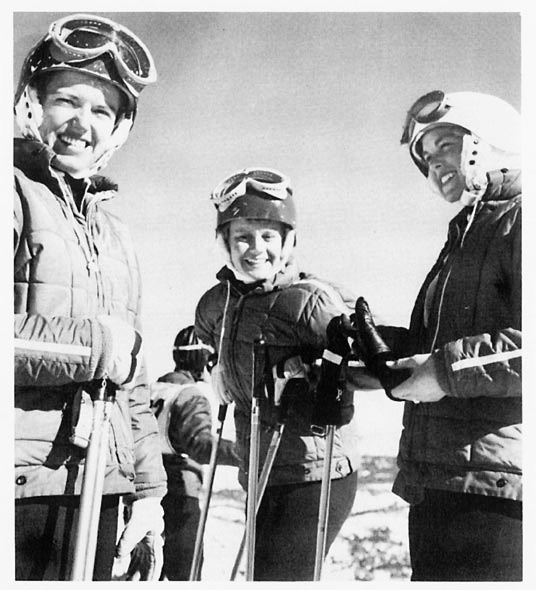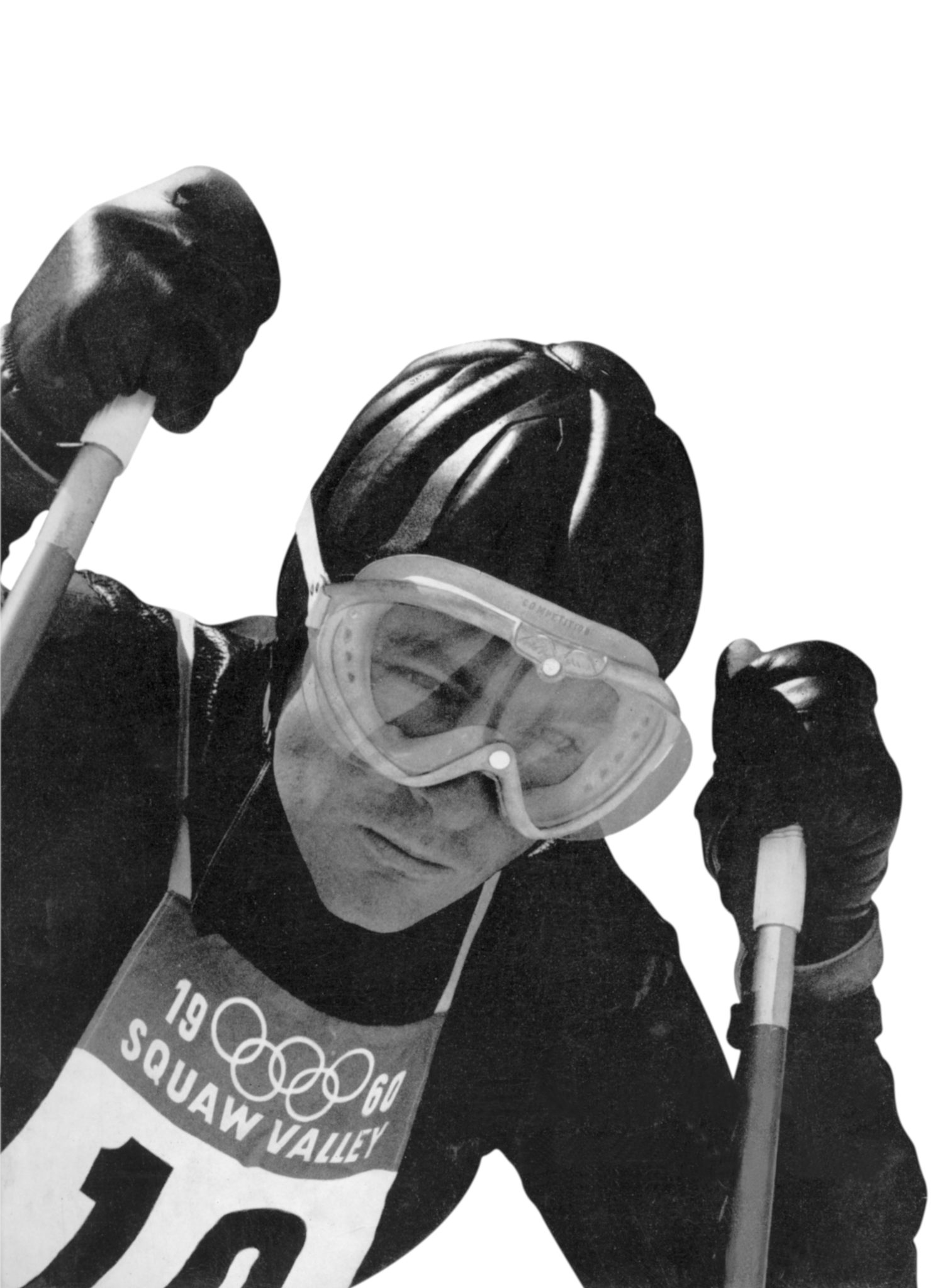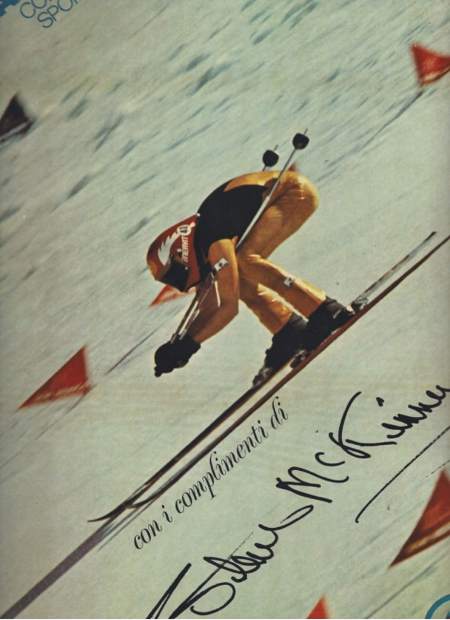
By Seth Masia
At the 19th convention of the International Society for Skiing Safety, held at Keystone in May, 2011, researcher Jasper Shealy, Ph.D., professor emeritus of engineering at Rochester Institute of Technology, reported that from 1995 until 2010, helmet use increased from 5% to 76%. Over that period, the rate of serious head injuries dropped by about 65% —from 1 injury in 8,775 skier days to 1 injury in 25,690 skier days.
In 2009, the two largest ski resort companies in North America—Vail Resorts and Intrawest—extended their mandatory helmet rules to cover not just kids in ski school and terrain parks, but all employees working on the snow. At the same time, state legislatures in New Jersey and California passed laws to require kids under 18 to wear helmets (though Governor Arnold Schwarzenegger vetoed a companion bill that would have required California resorts to enforce the rule). Partly as a result of these measures, retail sales now total about 1.5 million ski helmets each winter. 90 percent of kids under 10 wear them. Snowsports Industries America (SIA) reports that the helmet market is growing at about 5% annually.
How did we get here? As recently as 1990, the ski helmet barely existed as a consumer product—this despite wide acceptance of helmet use by cyclists, kayakers and rock climbers. In snowsports, only downhill racers were required to use helmets, and slalom racers used them mostly to protect the goggles from impact with breakaway gates.
The modern ski helmet derives directly from earlier helmets developed for motorsports and cycling. From the earliest days of bicycle racing, heat stress was a more immediate concern than blunt trauma injury, and racers weren’t about to use any headgear that blocked cooling air from the scalp. By 1900 the racing “helmet” of choice was a “hairnet” of lightly padded leather straps. As skull protection it was a joke. One cyclist said his hairnet would keep the ears from being ground off when sliding on the pavement. By 1910, most ice hockey and football players wore boiled-leather helmets with felt or shearling liners, and motorcycle racers had begun wearing football helmets.
Helmet design, such as it was, was pure guesswork. The first scientific examination of head injuries and helmets was begun in 1935 by Sir Hugh Cairns, an Australian-born, Cambridge-trained physician who had studied neurosurgery at Harvard. He was one of the attending physicians when T.E. Lawrence (Lawrence of Arabia) died of brain injuries suffered in a motorcycle crash that year. Cairns conducted a series of impact tests using cadaver heads, and determined that the best protection for the brain is achieved with a liner that could deform to reduce the deceleration of the skull, along with a frangible hard shell (the shellacked linen shell, for instance) that would itself absorb energy by fracturing.
Helmets Hit the Slopes
Until the development of modern alpine racing, skiers had no need for helmets. Downhill speeds were slow, and the snow was soft. But with the development of steel edges and the Kandahar binding, racers began to achieve speeds over 30 mph, on purposely-iced courses. In January 1938, alpine racing suffered its first fatality when Giacinto Sertorelli—the seventh-place finisher at the 1936 Garmisch Olympic downhill—went off the same course and into a tree. A few ski racers adopted the cycling hairnet, worn over a woolen Seelos cap (a light toque, like a sailor’s watch cap). See photo above of Jean Vuarnet wearing a ski-specific leather helmet during his gold-medal run at Squaw Valley in 1960. This helmet went into production before 1934.
Real progress in crash-protective helmets came after World War II, with the development of fiberglass-reinforced epoxy resins and crushable plastic foams. Fiberglass was just the right stuff to meet the Hugh Cairns prescription for a tough but frangible shock-absorbing shell. Among the first to adopt the fiberglass crash helmet were American and British pilots testing the first generation of jet fighters. In 1947, Charles Lombard of Northrop Aviation, along with Herman Roth and Smith Ames at the University of Southern California, patented a fiberglass helmet containing an inch-thick crushable liner of cellulose acetate foam. This was the U.S. Air Force P1 helmet, which was actually produced using polyurethane foam, custom-poured into the helmet for each pilot using a process similar to that adopted later by Peter Kennedy for his early plastic ski boot. In England, Cromwell, Stadium, Kangol and Everoak began selling fiberglass-shell motorsports helmets. In 1953, AGV in Italy, a manufacturer of leather bike saddles and motorcycle helmets, produced a fiberglass helmet, and the following year adapted it for use by speed skiers competing in Cervinia’s Kilometro Lanciata – the first recorded use of a hardshell ski helmet. On the race circuit, more downhillers began adopting leather bicycle-style helmets, from manufacturers like SIC in France.
In 1954 Herman Roth found that expanded polystyrene bead foam (EPSB or EPS), brand-named Styrofoam, made a cheaper, lighter, equally shock-absorbent liner. With Lombard, he launched a company called Toptex to market the fiberglass/EPS helmet for motor sports, and the first customer was the motorcycle corps of the Los Angeles Police Department. At the same time, in nearby Bell, Calif., Roy Richter, owner of Bell Auto Parts, began making fiberglass helmets for race-car drivers patterned after the polyurethane-cushioned Air Force design. The Bell 500 was state of the art for motorsports. But in 1957 it failed the first round of testing by the new Snell Memorial Foundation. The only helmet to pass the new impact test was the Toptex, with its EPS liner. The difference: unlike resilient rubber and polyurethane foams, the EPS material crushed and stayed crushed. It didn’t rebound to slosh the brain around inside the skull. Bell licensed the Toptex technology and the stage was set: in future, all crash-protection helmets would be based on EPS crushable foam, with or without a protective shell.
At Winter Park, Steve Bradley had a crew of hardy youngsters piloting his new Bradley Packer-Grader grooming machines. Jim Lillstrom, one of the pilots, recalls that in 1955 Bradley furnished the new Bell Toptex helmets to the grooming crew, and he believes they were the first skiers so equipped.
The U.S. Ski Team took note. In 1958, the U.S. team took Bell Toptex helmets to Europe. Europeans laughed at the hard hats. But while practicing for the Hahnenkamm, Tommy Corcoran had a bad fall just above the Ziel Schuss, going over backward on the ice. He hit his head so hard that he barely remembers the accident today. The impact broke the shell of the Bell helmet, but Tommy escaped serious injury, got up and skied the next day. The team began to regard the helmets with some respect.
The following year, Canadian downhiller John Semmelink was killed at Garmisch, hitting his head on a rock while wearing a leather helmet. And so, for the 1960 Olympics at Squaw Valley in California, hard-shell helmets were decreed mandatory for the downhill. No specific standards were imposed—national teams were free to set their own requirements, and usually chose their own domestic production. And so the Europeans turned up with a variety of dome-shaped “pudding pots” with leather earflaps, made by AGV, Carrera, Cromwell and others.

Penny Pitou, silver medalist in downhill and GS at Squaw, remembers that Bell helmet. “It was huge, a bit like a diver's helmet,” she said. “And the wind whistled through it when I went fast, so I thought I was breaking the sound barrier. And it was heavy, too. I hated wearing it, but rules are rules. At least it didn't push my goggles down over my nose. I retired that big blue helmet to the garage. Eventually the mice made a nest in it and I could, in good conscience, toss it out.”

Hard-shell helmets arrived just as downhillers transitioned to metal skis, skin-tight suits and the streamlined “egg” position. Speeds rose quickly, and catastrophic injuries, too. Stefan Kaelin, a star of the Swiss team during that era, remembers using a cork helmet with a fabric cover, made by Vuarnet, in 1962. Then Australian skier Ross Milne died in training for the 1964 Innsbruck Olympic downhill. The following July, racing in New Zealand, the Swiss had fiberglass helmets.
Ski racers complained about the weight, and about interference with goggles. “When in a tuck for a long time it was hard to keep your head up, and you didn’t see as well,” remembers Canadian downhiller Scott Henderson. “Some goggles, like the old Boutons, worked. The newer double-lens goggles didn’t.”
Manufacturers responded by departing from standard motorcycle-helmet design. In 1973, the Snell Memorial Foundation published a ski helmet standard calling for something like a lighter motorcycle design. Bell then adapted a motocross helmet with a lighter fiberglass shell to produce the SR-1 (for ski racing). The original motocross helmet had a jaw protector meant to ward off clods of dirt thrown up by spinning tires, and a larger face cutout to accommodate big goggles. The SR-1 offered the same features, certified to a lower impact standard. At least two skiers weren’t impressed. Steve and Phil Mahre ran downhill in their Bell 500 motorcycle helmets. “The ski helmets were a joke for impact protection,” Phil said.
Another solution to the weight problem was acrynitrile butadiene styrene (ABS). Butadiene is a synthetic rubber. It made the tough plastic resilient enough for use in auto bumpers. An ABS shell could be designed to split or crush to absorb impact, rather like a glass shell. Most important, it could be injection-molded, making it much cheaper than fiberglass, which had to be laid up by hand on a steel form. ABS helmets, lined with EPS, were cheap enough to market to the public. By 1973, European companies like Jofa, Boeri, Uvex and Carrera were marketing inexpensive plastic helmets, especially for kids.
Beginning around 1974, regional cycling associations began looking for improved bicycle helmets. A number of good helmets were produced based on climbing-helmet designs, but they provided inadequate cooling, or were deemed too heavy. Eventually the bicycle business settled on a simple EPS helmet with a light fabric cover, or only a very thin decorative polycarbonate shell. Giro was founded in 1987 based on this design, just as the U.S. Cycling Federation began requiring certified helmets in all competitions. By 2003, when the Union Cycliste Internationale followed suit, dozens of factories filled the need for lightweight bike helmets. Most of them immediately adapted their cycling helmets for the ski market. By 2010, Snowsports Industries America listed 31 different brands of ski and snowboard helmets, all of them based on EPS liners and most certified to the European EN1077 or EN812 standard. Some meet the more stringent ASTM 2040 standard and a very few meet Snell’s RS98 standard, which tests at more than 30 percent higher impact for the anvil tests simulating tree or rock collisions.
It’s unfortunate that wide acceptance of helmet use has had to ride on tragedy. Off the race course, helmet sales were spurred by the tree-collision deaths of Michael Kennedy and Sonny Bono, six days apart at the turn of 1998. Helmet use by highly visible athletes in half-pipe and terrain-park competition has also helped bring helmets into mainstream use.
Serious head injuries have always been rare. Minor injuries are even more rare: there’s no question that helmets prevent superficial but bloody scalp lacerations, and also the head-bumps consequent to the dropping of the ski-lift safety bar.
Besides, if we didn’t have helmets, we wouldn’t have helmet covers, and the ski school lift lines wouldn’t now be filled with small colorful unicorns, pussycats, tigers and zebras.
The trouthead helmet

In the summer of 1963, Sun Valley racers Dick Dorworth and Ron Funk went to Portillo with the goal of breaking the world speed record on skis, then owned by Alfred Plangger at 101 mph, set at Cervinia. Injured, Funk withdrew from the running, but Dorworth and Portillo patroller C.B. Vaughan pushed the record up to 107 mph. Dorworth learned that putting his head down to stare at the snow turned the smooth top of his Bell helmet into a nose cone, improving speed a few percentage points. And so the record was broken by a skier who didn't always look where he was going. Around 1972, the Austrian downhiller Erwin Stricker created a streamlined helmet that allowed racers to sneak a look ahead without disrupting the airstream. In 1977, the new record-holder Steve McKinney, with Tom Simons, redesigned it with extensions to smooth airflow over the shoulders and even provided a small fairing under the chin where a skier could tuck his hands. McKinney and Simons didn’t have a wind tunnel for testing, but patterned the shape after the slick front end of a trout. The trouthead helmet helped McKinney break the 200-kph barrier the following year. In 1982, Franz Weber brought in some pros: Richard Tracy of Learjet and ultralight aircraft designer Paul Hamilton created an even slicker helmet shape. Carrera produced about 500 units. Every speed record-setter since then has used a helmet patterned after the trout-head design.
Slalom helmets
With the introduction of the Rapidgate slalom pole in 1980, ski racing changed forever, and slalom racers began to dress like hockey players. The padded sweater gave way to the plastic vambrace and greave for forearm and shin. Ski pole grips grew saber bells. The first generation of slalom helmets weren’t even designed to protect the cranium, but just the jaw and the goggles. One form was a kind of minimalist catcher’s mask, protecting just the face and forehead. Another, from the fashion house Conte of Florence, was a rubber cap with a peak extending far enough forward to bounce the plastic gate away from the goggles. Today, slalom racers use a simple jaw-bar attached to a standard ABS-shell skier’s helmet.
